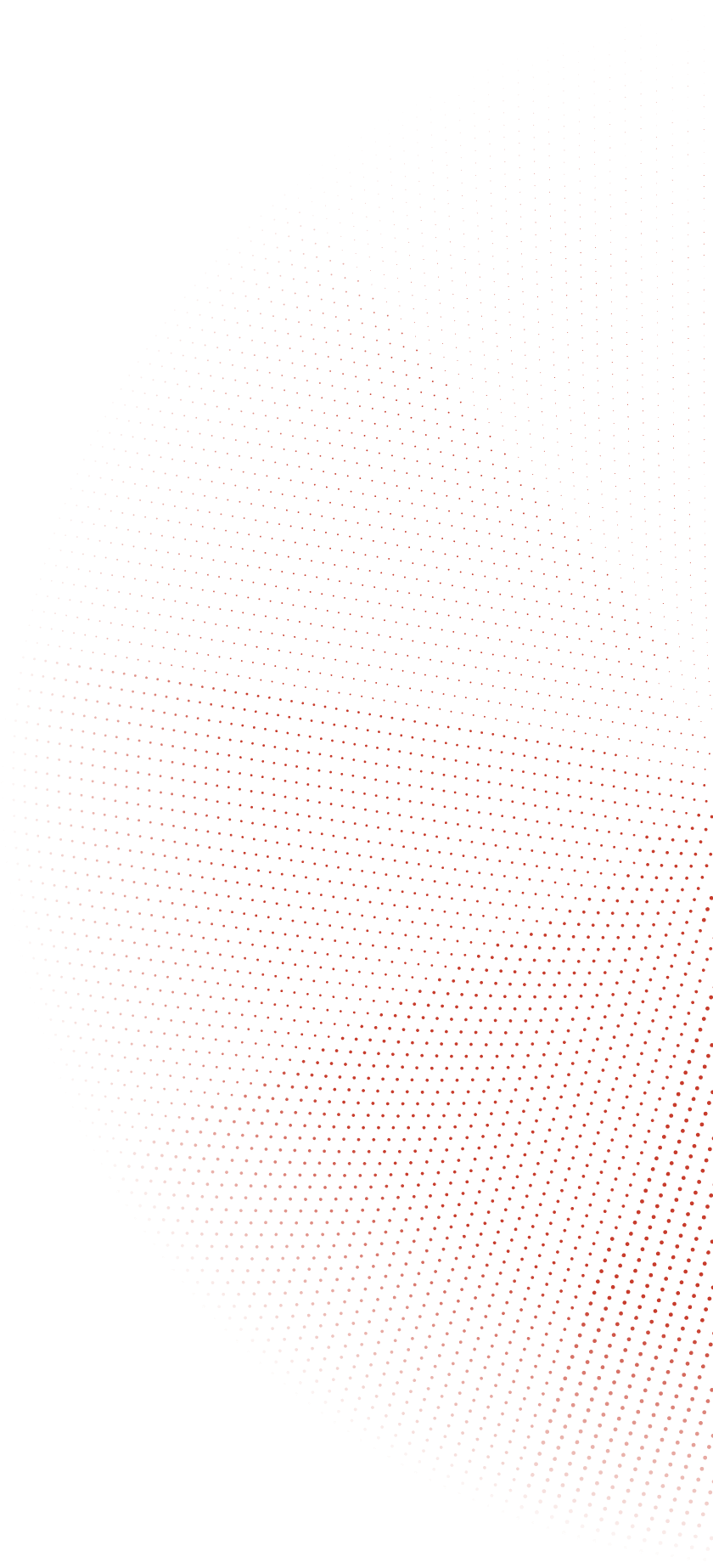Nico and the Navigators is a contemporary theatre company founded by Oliver Proske and Nicola Hümpel at the famous Bauhaus Dessau almost 20 years ago. They are well known all over the world with their interactive music and dance performances. Oliver is an industrial engineer turned into theatre company manager. He is still constantly hands-on inventing ways to make the performances more interesting for the audiences.
Why do you need indoor positioning, what are you tracking and why?
Oliver: “We track both singers and dancers on the stage. From the indoor positioning perspective, the singers are standing and are slower when they move. The dancers, however, are much faster, which is more challenging for the RTLS. The idea is that the camera follows the singers and dancers on the stage automatically, without any presets.
We don’t have to program the camera with the right actor positions but it all happens in real time. At the moment, we’re not quite there yet, we are finishing developing our software that combines the Eliko RTLS data with the camera software.”

What’s the idea behind developing an auto tracking camera system?
Oliver: “Well, it’s about making performances run more smoothly, you can have more cameras and angles with fewer cameramen involved in the process.
There are systems like this out there, of course. But these are inconvenient, they force the tracked person to wear either a mocap suit or carry a UV light around with them. It’s not going to work. Going forward, we see that the Ultra Wideband technology is really the best option for these kinds of systems.”
There are tons of auto tracking camera systems on the market, how is this different?
Oliver: “These products are either just security cameras that have motion sensors for detecting movements or use picture recognition to track moving objects. In the first case, it’s unreliable and inaccurate for theatre performances. In the second case, they are neither fast nor smooth enough for our dancers.”

Where else do you see the market for a professional auto tracking system?
Oliver: “Well, besides theatre, I also imagine that such systems could be also useful for recording lectures at universities. Nowadays most lectures are recorded and put online, however, the end result is often poor. This is because the camera doesn’t move with the lecturer.
With our system, the professors could film themselves by wearing the indoor RTLS and the viewing experience will be much better.”
What’s the next step in your development plans?
Oliver: “We have already figured out the anchor configuration that ensures maximum line-of-sight on the stage. We’re currently testing the KIO RTLS in a demo setup to make sure the reliability and accuracy are good enough. The next step is to work with the camera software since it has to be integrated with the RTLS. I hope to have something to show in a couple of months.”

